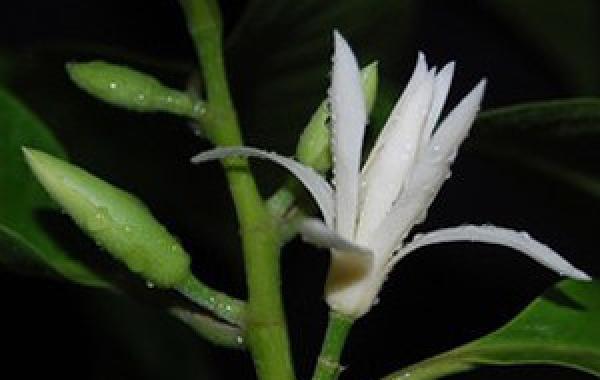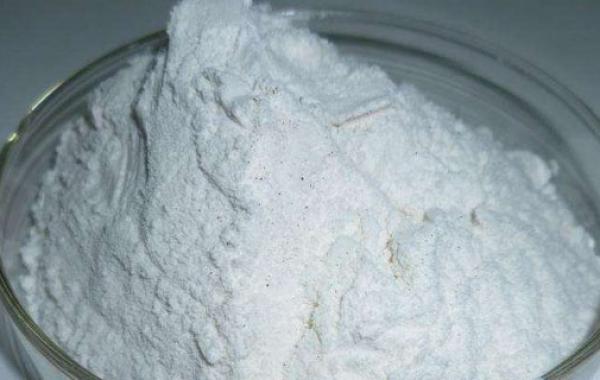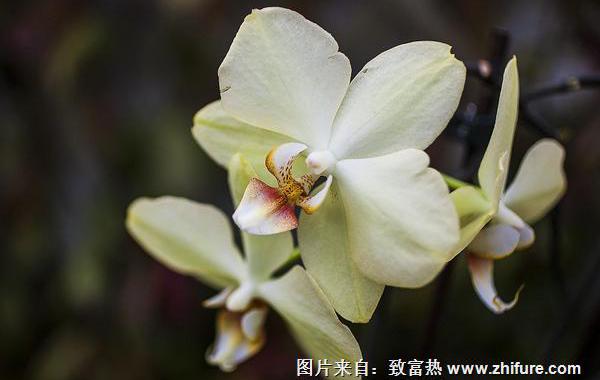How to raise potted white orchids in winter

We all know about the white orchid, but when we put the yellow orchid and the white orchid together, there is a vague feeling. If you don't take a closer look, it is really difficult to distinguish. Is the white orchid yellow orchid? The method of distinguishing between white orchid and yellow orchid. The difference between white orchids and yellow orchids is that white orchids and yellow orchids are so similar that many flower friends are …
We all know about the white orchid, but when we put the yellow orchid and the white orchid together, there is a vague feeling. If you don't take a closer look, it is really difficult to distinguish. Is the white orchid yellow orchid? The method of distinguishing between white orchid and yellow orchid. The difference between white orchids and yellow orchids is because white orchids and yellow orchids look so similar that many flower friends are foolishly confused. In fact, as long as you pay attention to the following points, it is easy to tell. 1. The color of the white orchid is indeed similar to that of the yellow orchid, but the obvious difference is that the flowers of the magnolia are white and the flowers of the yellow orchid are light yellow. It is very obvious just by this point. I believe that the flower friends with wise eyes can tell at a glance.
Winter is coming, the temperature is low, plants and flowers need to be guarded, as one of the flowers of Magnoliaceae-white orchid, what about? What are the requirements for temperature and watering of white orchids in winter?
How to grow potted white orchids
1. The choice of flowerpot and soil: the family potted white orchid should be cultivated in loose, breathable and humus-rich soil. Usually choose tile basin with good air permeability, purple sand basin (cylinder) or plastic basin with more bottom holes. The soil in the basin can have a certain amount of granular soil of different sizes to facilitate water seepage and air permeability.
2. The operation method of changing pots: according to the crown size and age of white orchids, the pots and vats of appropriate size should be replaced to facilitate the exuberant growth of plants. During the operation, you should wait for the pot to dry, tilt the pot (jar) slowly (or upside down), hold the basin in one hand, grasp the plant in the other, and pour out the white orchid and move it into the new pot. The new basin (tank) should be padded with a small amount of loose soil in advance, then irrigated thoroughly, and the planting can be stable.
3. Planting location: from March to April every year, the pots and jars with white orchids are removed from the outside and placed in a sunny place. High temperature in summer, should be appropriate to choose a sunshade net or build a simple shade, so that the white orchid can not only shine on the morning sun, but also avoid the strong light in the summer afternoon (so as not to burn branches and leaves due to exposure).
4. Pruning: potted white orchids should choose the appropriate height, cut off the terminal buds and cut some side branches with shears. After the terminal bud is cut off, it is beneficial to how long the lateral branches are, and the longer the buds are, the more they bloom.
5. Fertilization: in the vigorous period of white orchid growth (usually in May, June or July and August of each year), the white orchid should be given flower fertilizer every half a month or so, or a little nitrogen, phosphorus and potassium compound fertilizer should be applied at about 20, 2 to 6 grams at a time. The specific operation is: first use a small shovel to draw several vertical and horizontal ditches of the soil in the basin, then slowly spread the fertilizer into the ditch, then cover it with the topsoil in the basin, and pour some water. Make the fertilizer gradually infiltrate into the root of the plant with each watering. Do not spread the fertilizer directly to the root, so as to avoid "burning the root" due to the heavy fertilizer effect of the soil around the root. It is better to apply thin fertilizer frequently, cake fertilizer is better, no fertilizer is applied in winter, fertilizer and water is irrigated every 3-4 days from new buds to June, once every 5-6 days from July to September, and should be stopped after several times of fertilizer application.
6. Watering: proper watering is the key to the maintenance of white orchids. White orchids should not be overwatered or overwatered. The correct watering method should be to moisten the soil in the basin at one time, but it is not necessary to water the soil in the basin when it is slightly dry. Remember not to water every day, but you can often spray water on the leaves with a small spray can. In summer, water should be irrigated not less than three or four times a month (plus spraying water on the leaves). The easier way to master is to water the white orchid as long as you see its leaves drooping. It is watered two or three times a month in autumn and once or twice a month in winter. Because of the fleshy root system, it is afraid of stagnant water and is not resistant to dryness. Irrigate once out of the house in spring, then once every other day; once in the morning and evening in summer, spray foliar water if it is too dry; once every 2-3 days in autumn; buckle water in winter, as long as the basin soil is slightly moist; pour the stagnant water in time after rain.
7, temperature: not cold-resistant, except South China, all other areas should enter the room for maintenance in winter, the room temperature should be kept above 5 ℃, and the time to leave the room should be from Qingming to Grain Rain.
It has been introduced to you. I believe that after you understand it, you must take good care of the white orchid.
Related
- Is the orchid suitable for indoor use? Is it good for the body?
- How to prevent the empty root of orchids?
- What to do after the crab claw orchid is withered?
- Why are the leaves of orchids always yellow? Fertilizing and watering.
- Can the root of the gentleman orchid be saved if it is rotten?
- Diagnosis and treatment of cotton-blowing beetle insects in Cymbidium
- There is a way for a gentleman's orchid to rot.
- What is the most suitable temperature and humidity for the orchid?
- How to raise a gentleman's orchid? Cultivation techniques of Cymbidium
- How to prepare the nutritive soil for the cultivation of Cymbidium



